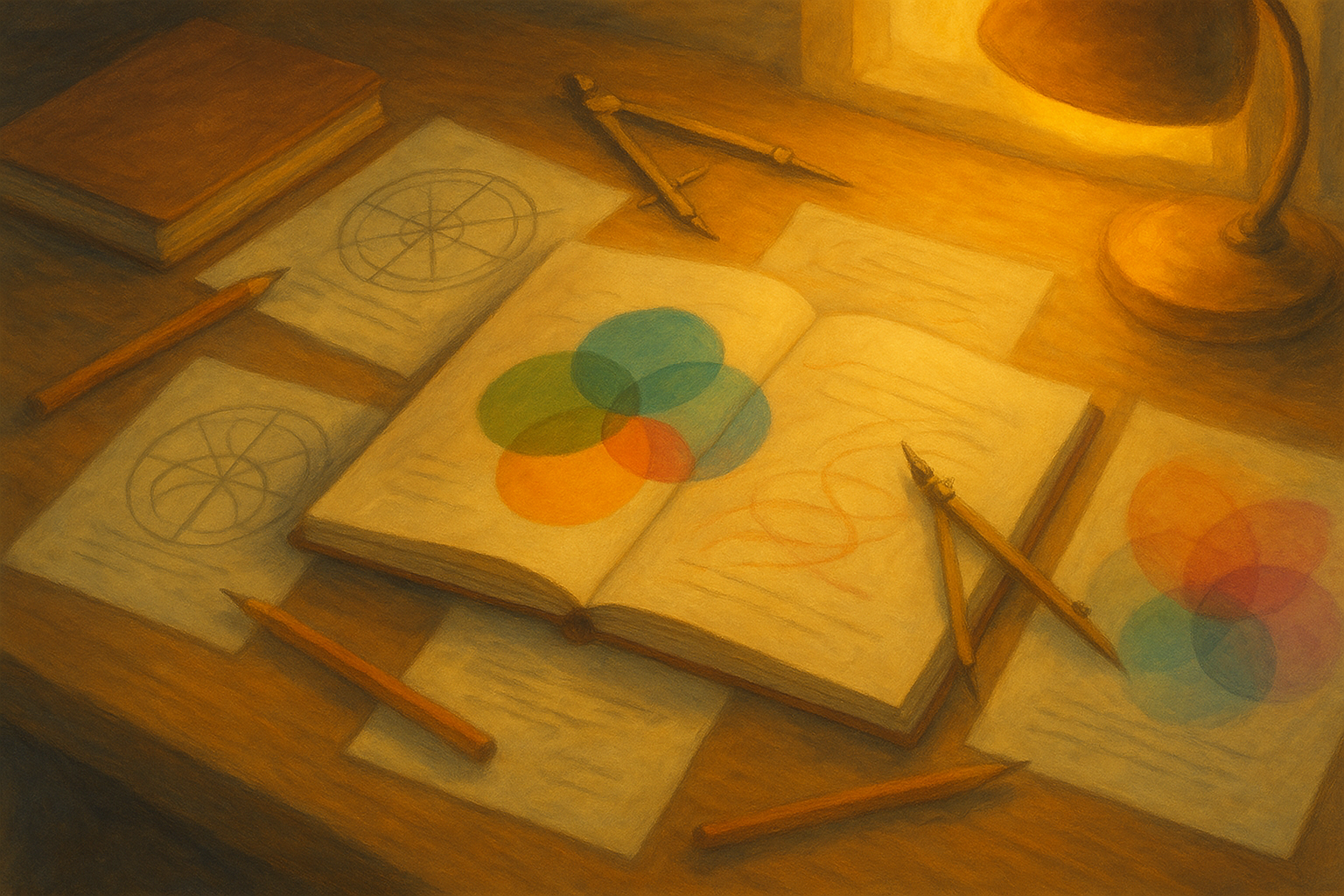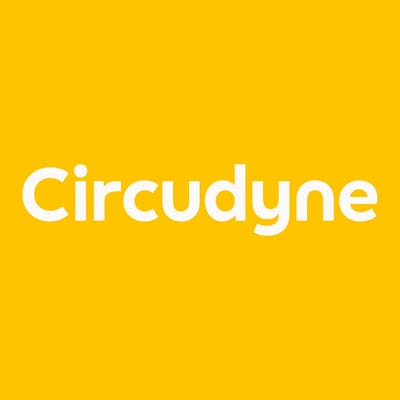About Circudyne

The Who and How
The world within grasp is one where people find meaning beyond mere possession. Where the objects around us exist in harmony with the world that created them. Where circular solutions feel naturally right—quiet, enduring, intentional.
This is the future that transformation-minded leaders, aspiring changemakers, and circular economy practitioners are eager to build. To collaborate on. To cheer our children toward.
But there's a challenge: you can't understand circular outcomes without first experiencing them, and those experiences don't exist—not yet. Circularity initiatives commonly fail when treated as a sustainability project for specialized teams, rather than a fundamental reorientation that requires your entire organization.
The road to the circular economy runs through brands that master what I call "Circudynamics"—the art and science of circular transformation. When visionary companies approach circularity as both integrated (five domains working together) and all-of-organization (engaging every function, not just sustainability teams), they don't just do well by doing good—they become iconic. They master disciplines, capabilities, and systems that create extraordinary competitive advantages.
Just as Toyota reorganized around systemic reduction of built-in waste through Lean, circular economy mastery reorganizes around systemic removal of ALL waste. Because waste is waste, whether in production processes or business models that create planned obsolescence.
The heightened capabilities and extraordinary focus that circular transformation requires set the stage for extraordinary gains in enterprise value, just as Lean did.
And circular living becomes something people desire. Delightful. Aspirational. Abundant.
Circudyne's Role
Circudyne contributes to this transformation through Circudynamics—a conceptual framework and methodology that integrates five domains (strategy, worldbuilding, technology, culture, and brand) while engaging your entire organization. We share this approach with the community through The Circudyne Letter and guide individual brand transformations through Circudyne Studio.
It starts with worldbuilding and continues with developing the transdisciplinary capabilities that circular business models require. Not just applying circular principles to existing operations, but becoming fundamentally different entities that offer circular economy solutions where abundance feels inevitable rather than imposed.
The Circudyne Letter: Sharing Circudynamics with the Community
There is no playbook for circular economy success. Not yet. Those committed to the transformation must bring the best of today's strategic know-how to this challenge—and move beyond them. As Roger Martin says, "there is no data from the future." So this community has to dream it, design it, and build it. All with intention and good taste.
The Circudyne Letter develops Circudynamics thinking across the growing community of circular economy builders, starting with worldbuilding as the best first step to the full methodology. Published weekly under a Creative Commons license, it provides maximum access to frameworks, insights, and analysis for transformation-minded senior leaders, innovators, and business-minded people who want to contribute to the circular transformation.
Each edition offers practical approaches for developing the transdisciplinary thinking that circular business models require—from experiential prototyping to systematic integration across all five domains.
Circudyne Studio: Guiding Individual Brand Transformation
Circudyne Studio works directly with a select number of visionary brands ready to make circular transformation their competitive advantage through the full Circudynamics methodology.
We serve as guide and facilitator. Each brand develops their own transdisciplinary capabilities across all five domains—from experiential worldbuilding to systematic integration—creating the organizational transformation that circular business models require.
The brands working with Circudyne Studio don't merely participate in the circular economy. They define it.
Christian Rishel: The Human Behind Circudyne
Hello and welcome. Thank you for your interest in this work.
I live and work in the New York City area. For fun I like to play tennis and ride my bike. My dogs and the birds of my garden keep me content. Married life on this beautiful pale blue dot keeps me grateful.
My education was unconventional but fruitful. Philosophy in college taught me first-principles thinking. Diplomacy school taught me to design win-win outcomes. Business school taught me to identify and escape commodity traps.
These skills guided me through technology executive roles and leadership positions at Airbus, JetBlue, McKinsey, Google, and several high-tech startups. From the beginning, I consistently sought situations where conventional thinking created unnecessary trade-offs. I have always sensed opportunity when confronted with "that's just the way it is."
While working on Lean engagements as a strategy consultant, I'd witnessed remarkable consistency of results. Companies that mastered Lean principles didn't improve their efficiency—they fundamentally reorganized around systemic reduction of built-in waste that regularly led to significant gains in enterprise value.
When I first encountered circular economy principles at a conference in 2017, I saw a striking similarity to my experience with Lean. But circular transformation came with its own set of challenges. Unlike Lean, there was no canonical case study for circular. It promised indirect returns on investment. And not having experienced circular solutions, customers could not be expected to ask for them. In short, circularity had, and to this day still has, a demand problem.
My experience working on that problem with dozens of practitioners as a consultant and educator led to the formation of Circudynamics—a transformation architecture that integrates five essential domains (strategy, worldbuilding, technology, culture, and brand) to stimulate genuine customer demand while engaging the entire organization. You can't stimulate customer demand with theory. People need compelling visions they can experience together, like the early World's Fairs did during the industrial revolution.
That's where the worldbuilding comes in. And the systematic integration. And the capability development.
That's why I created Circudyne.
